Powerful, robust, portable, and useful for cutting many objects, the chainsaw primarily finds use in the timber industry. It has been used for felling trees, cutting wood logs and converting them into timber, and even making furniture for centuries.
Anything that comes in contact with the top or bottom of the blade can cause a change in the momentum and then can slam back against you. Therefore, given it’s a forceful, fast, and sharp object, one has to know how to use it safely to avoid any dangerous accidents and to stay free of injuries.
Therefore, in this guide, we have provided information on the safety features of an electric-powered or gas-powered chainsaw.
Let’s get started!
Safety Tips for a Beginner Using Chainsaw
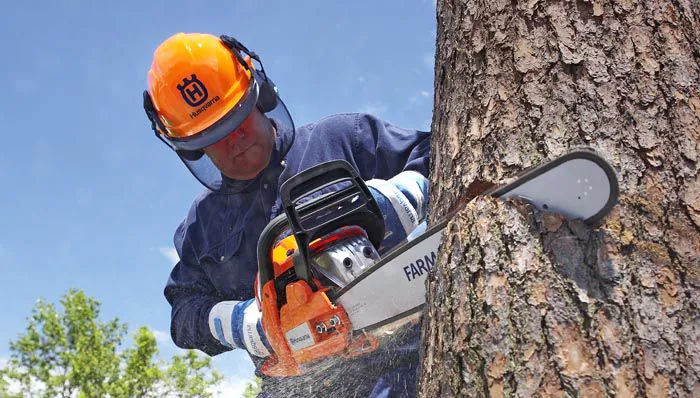
Understanding the chainsaw operating principles is crucial to minimize the chances of mishaps. This knowledge ensures correct operation and awareness of safety tips, enhancing efficiency and safety.
1. Using Protective Gear
If you are a novice, keep all the first aid kit handy, including a clotting bandage. Always inform someone where you are working. Place a traffic safety flag by your car if you are in the woods. Never be under the influence of any substance while using a chainsaw.
Always place the chainsaw below the shoulder height to prevent a kickback. Use a low-powered chainsaw if you are a DIYer or an enthusiastic gardener.
Always wear tight clothes as loose clothes may get caught in the chain. Also, don’t forget to wear a helmet with a face shield, gloves, logging or steel-toed boots, and protective chaps. You can also use earmuff protection, and don’t forget to use two-stroke engine oil.
2. Learn to Stance Correctly
To prevent a kickback, stand rooted with both feet on the ground and hold the chainsaw below the level of your shoulder. Also, grip the chainsaw firmly with both hands at an angle or a little titled to one side rather than directly in front of you.
3. Using the Right Machine Model
Enquire about the chainsaw before renting or buying it to understand the engine horsepower, the motor, and the blade size. The thumb rule implies that the blade should be two inches longer than the wood it cuts.
So, newbies should stick to chainsaws with blades that are 20 inches in length or less. A light-duty chainsaw is excellent for cutting firewood with a blade size of 14 inches. Similarly, the model has to be changed according to the nature of the material you are cutting; if you have to cut glass, you must use a pneumatic chainsaw, and so on.
4. Pre-Plan the Task
Inspect the location carefully when operating the chainsaw for an outdoor job. Check the position of the electric cables, buildings and vehicles in the vicinity, and other utility lines. Also, ensure that you are not working in a heavy-traffic area. Don’t stand on ladders while operating the chainsaw, as a little disbalance can result in a kickback.
Also, as mentioned several times, don’t perform any job above the shoulder length.
Ensure that you have an escape route etched mentally for any unexpected incident. Before going for a job, inspect your tool thoroughly, especially if you are renting the tool from someone else. Inspect the inertia functions, chain lubrication, and chain brakes before operating it.
Different Types of Chainsaw
Primarily, there are three types of chainsaws:
1. Cordless Electric Chainsaw
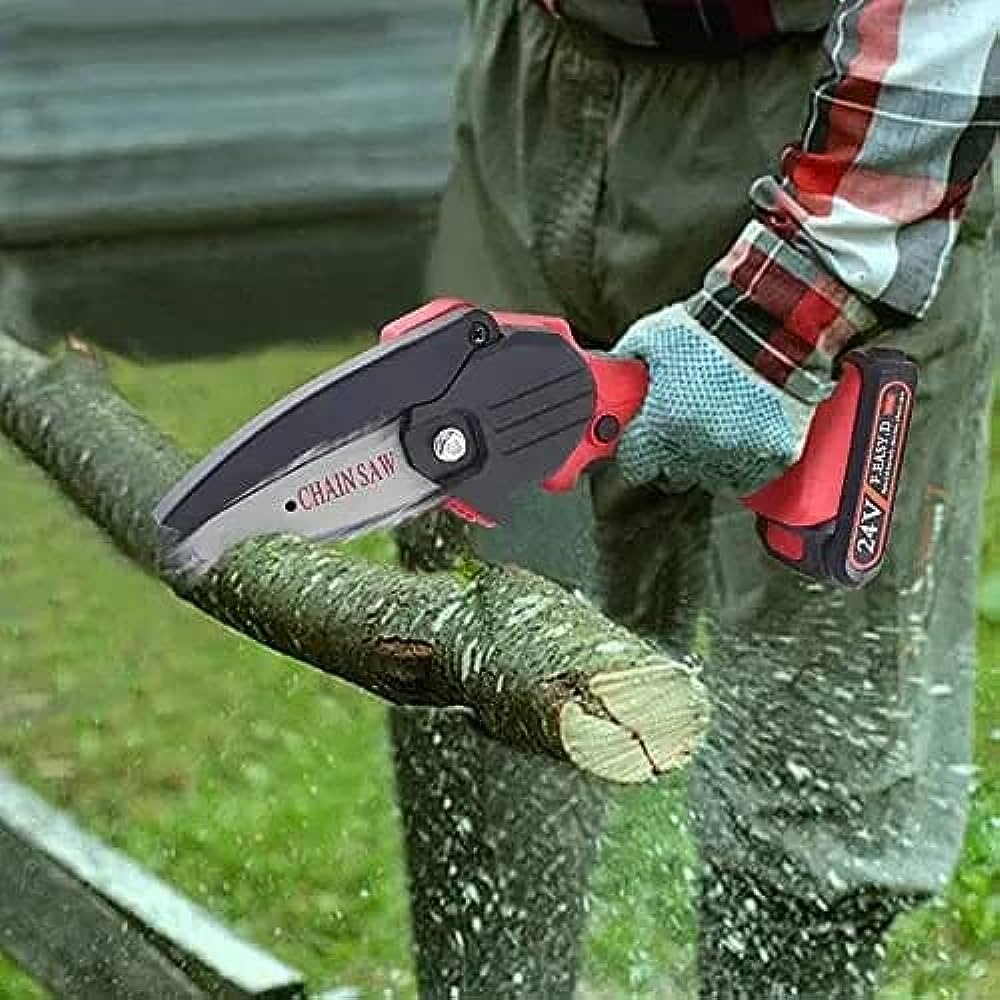
The cordless electric chainsaw is portable as it runs on a rechargeable battery. They are quieter but more expensive than the gas-powered models.
2. Corded Electric Chainsaw
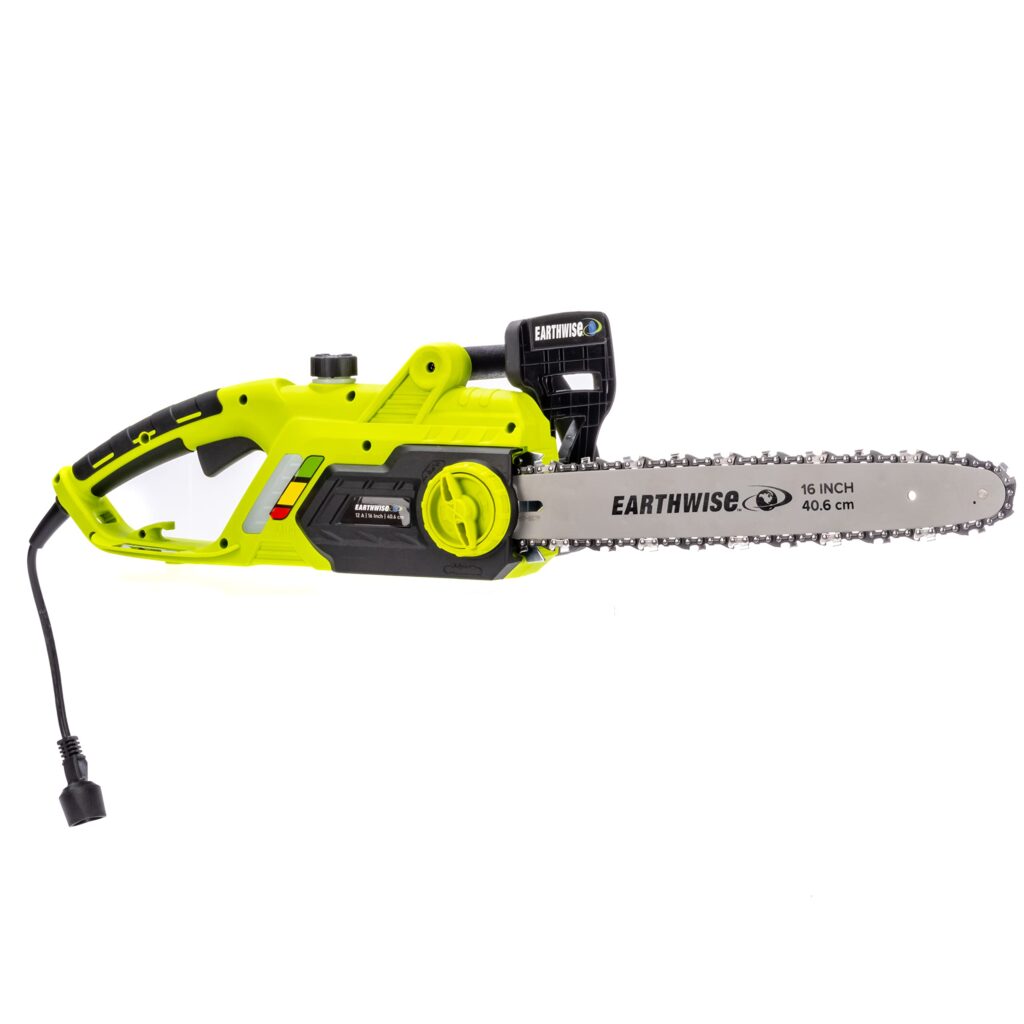
A corded electric chainsaw is lightweight, less noisy, and the cheapest model as it doesn’t need gas or a rechargeable battery. Though it is weaker than the gas-powered chainsaw, it can be operated for long hours if you find a reliable and powerful current source.
3. Gas-Powered Chainsaw
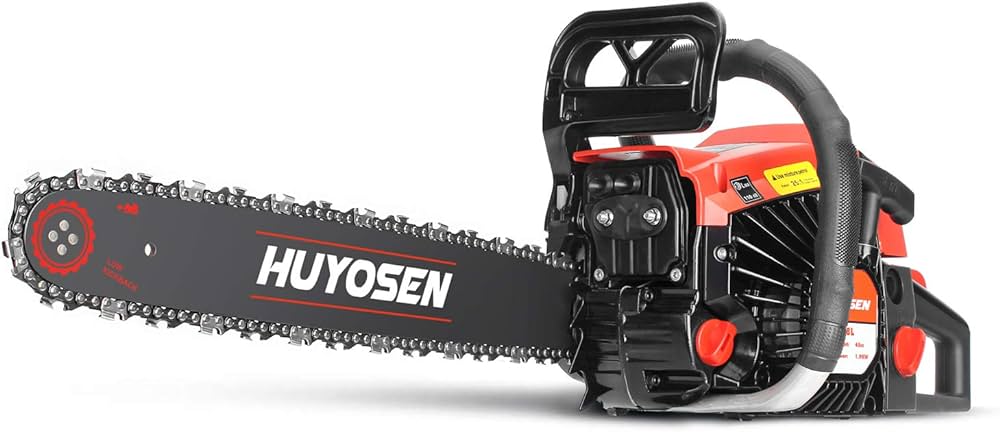
A gas-powered model is the most capable as the gas powers up the engine to cut larger trees. They are fairly mobile and have a versatile usage profile. They are the second most expensive models after the cordless electric chainsaws.
What Are the Safety Features of a Chainsaw?
A chainsaw already has plenty of safety features and options that novice users must know before operating it alone.
The features are as follows:
- Rear handguard
- Stop switch
- Throttle interlock
- Safety decals
- Chain catcher
- Vibration reduction system
- Chain brake
- Front handguard
- Exhaust
- Chain and guide bar combination
- Scabbard
How Do You Maintain Chainsaws?
Here are a few tips to maintain chainsaws in excellent condition.
- Ensure that the teeth of the chainsaw are always in sharp condition. You can use a chainsaw filing kit with a sharpener and depth gauge tool.
- Always clean the debris from the tool.
- Ensure the chain is always lubricated appropriately. Never forget to use two-stroke oil, an excellent lubricant for gas-powered chainsaws.
- Make sure to clean the gas tanks regularly to prevent the carburetor jamming.
Concluding Thoughts
As said, always stick to the rules and be sober while operating a chainsaw if you don’t want to cause any injuries and accidents. Never mix objects while using a chainsaw. Always use the right type of chainsaw to cut the right object. Be careful about the size choice, too. Also, ensure you have planned the cutting job properly in advance.
Maintaining your chainsaw regularly is indispensable to prevent any unwanted mishaps. Wear your safety gear. Never cut anything above your shoulder height. Never be under the influence of any intoxicants while handling a chainsaw.


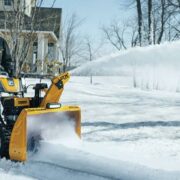
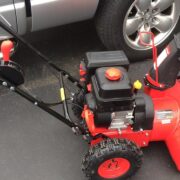

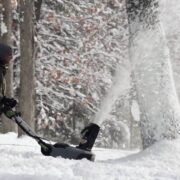


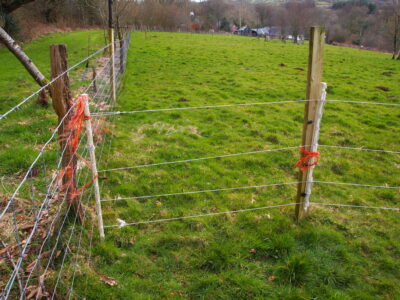
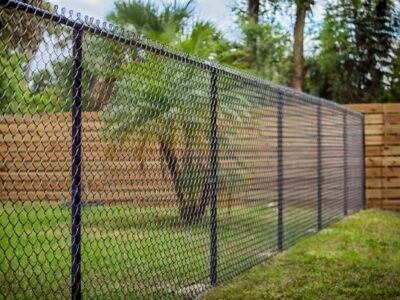
Comments